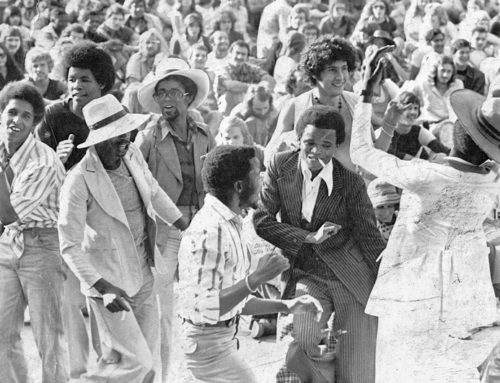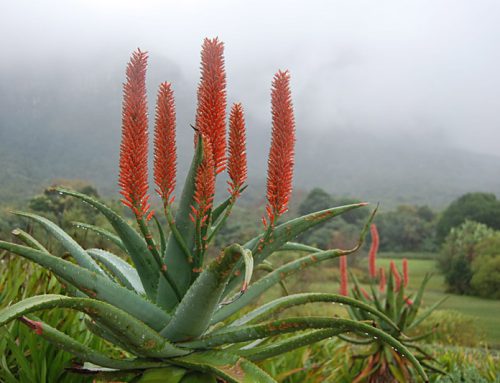 In the Karoo there isn’t a whole lot of fresh-from-the-surf fish and seafood. There are takeaways that sell battered hake or deep-fried this and that, but I’m talking about the kind of fresh where you’re down at the harbour with seabirds circling overhead, waiting for the boats to come in.
In the Karoo there isn’t a whole lot of fresh-from-the-surf fish and seafood. There are takeaways that sell battered hake or deep-fried this and that, but I’m talking about the kind of fresh where you’re down at the harbour with seabirds circling overhead, waiting for the boats to come in.
As one who lives in the Karoo I dream of seafood for much of the year; I phone friends who live at the ocean and get them to describe each fresh, fishy mouthful. My cravings got so bad earlier this month that I drove all the way to Cape Town in pursuit of it.
The restaurant I chose was one of those holiday-feel places with a blackboard outside that had ‘Sea Food’ written on it in blue chalk. I went in and drank in the saltiness and the smell of a thousand dreams coming from the kitchen. The anticipation was exquisite. I perused every inch of the place, eyeing the other patrons’ platters – a little too greedily I suspect – for one of them turned to me and said: “You should order the prawn platter, it’s on special. Delicious!”
Prawns! My nemesis. How I love them but how I try to avoid eating them, knowing that for every 1kg of prawns caught, up to 5kg of by-catch is also caught. We all know our oceans are in a bad way and I need to do my active citizen bit. “I don’t think so,” I murmured. “Crazy! You’re not going to get them any cheaper!” the patron enthused, tearing at a tail.
Along came the waiter, and, feeling sorely tempted just this once, I asked him about the prawns. “Why are they so cheap?” I asked. “Ha ha, that’s a weirdo question dude,” he said. As I deliberated as to whether I should first ask him why he was calling me dude, and then ask him why it was a weirdo question, he eased my burden and said: “If it floats your boat I can ask the owner dude.”
“I would appreciate that,” I said.
“No sweat,” he said and loped off, returning a few minutes later. “They’re from India. They’ve got tons of them there, dude. We’re bringing them here because then we can look after our own prawns. It’s like the whole sustainability thing. That’s what the owner dude told me,” he explained.
“Indian prawns!” I blurted. “Those prawns are farmed in the mangroves in India, and they are destroying the mangroves, which are a very special and important ecosystem and nursery ground for many fish species. And you’re offering them as specials!” My dream seafood experience was turning into a green nightmare. This is not how it was supposed to be.
“Take a chill pill dude, there are plenty of other fish in the sea,” the waiter assured. “Like what?” I enquired. “Check it out,” he encouraged, running his forefinger down the menu. Geelbek, also known as Cape Salmon, was there. My eyes start flickering uncontrollably. The waiter interpreted this as desire.
“It’s a big favourite,” he assured. “Are you going for it?”
“It’s down to 3% of its original population,” I spoke slowly and loudly. He tilted his head looking thoughtful for a while, if that was possible. And just when I thought he was going to say something sensible, he said: “That’s killer, I’ll tell the boss dude. So how would you like it?”
KNOW YOUR GREEN, ORANGE AND RED SPECIES
The Southern African Sustainable Seafood Initiative (SASSI) has an excellent fish and seafood awareness campaign.
SMS the name of the fish to 079 499 8795 and you will receive an instant confirmation of its status (Green, Orange or Red), whether it should be on the menu or not, and information about it. A nifty ‘Know Your Seafood’ pocket guide can also be downloaded from SASSI’s website, as an instant reference. www.wwf.org.za/sassi




